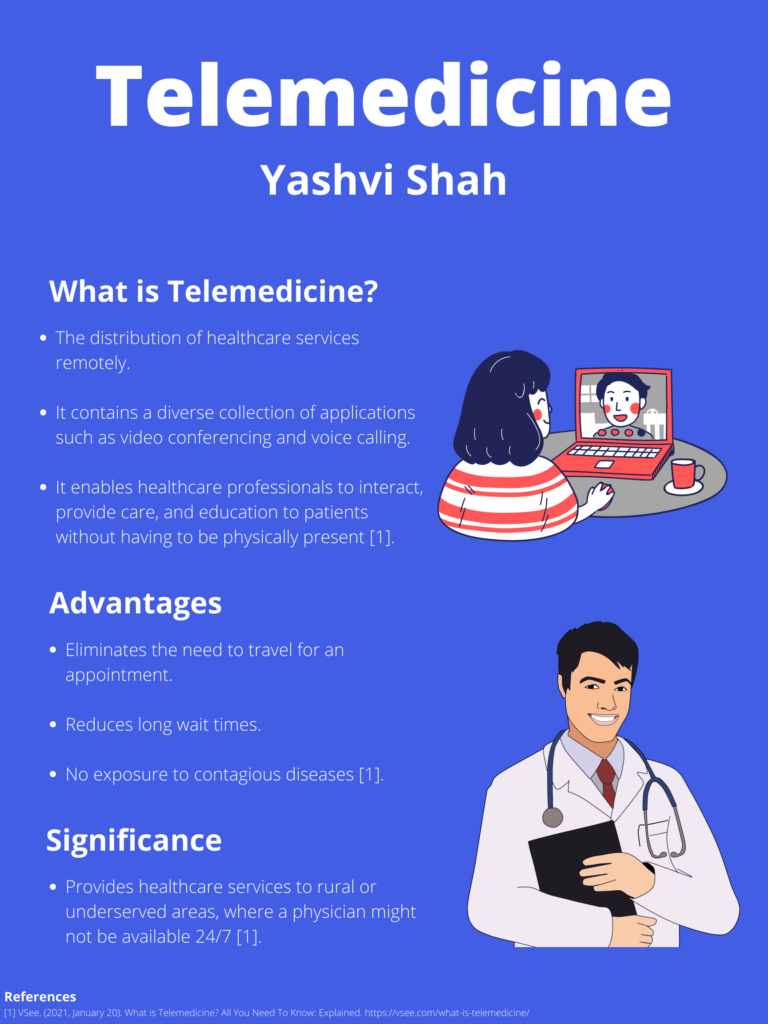
Instructional Design
Instructional design, also known as Instructional Systems Design (ISD), is referred as the creation of learning materials and experiences in a way that enables people to apply their knowledge and skills (ATD, 2022).
Cognitive Load Theory
Cognitive Load Theory (CLT) is an instructional design theory that was developed by John Sweller. It relates to the way that we process information and the amount of information that working memory can hold at one time. As mentioned by Sweller, working memory has a limited capacity, and therefore instructional methods should not overload it with activities that do not directly relate to the learning (Mind Tools, 2022). CLT helps design learning materials that reduce the demands on learners’ working memory, which also helps make learning more effective and efficient (Mind Tools, 2022).
Poster on Canva
Canva is a graphic design tool that is used to create visual content such as presentations, posters, and documents. To learn more about Canva, watch the short introduction video provided below.
In this week’s hands-on activity for EDCI 337, I created my own multimedia such as a poster on Canva about telemedicine. As a Health Informatics student, telemedicine has always been a topic of interest. To learn about telemedicine, check out the poster I created below.
I have created many infographics on Canva for school courses. As someone enjoys doing art, I found assignments that involved creating posters as an opportunity to be creative and have fun while learning new material.

References
Association for Talent Development. (2022). What is Instructional Design? | ATD. ATD. https://www.td.org/talent-development-glossary-terms/what-is-instructional-design
Canva. (2019, December 9). Introducing Canva | Canva [Video]. YouTube. https://www.youtube.com/watch?v=CE7KTszVCRU
Eagleman, D. (2018, March 1). Cognitive Processing: What Is It and Why It’s Important [Illustration]. BrainCheck. https://braincheck.com/articles/cognitive-processing-what-it-is-why-important/
Mind Tools. (2022). Cognitive Load Theory: Making Learning More Effective. https://www.mindtools.com/pages/article/cognitive-load-theory.htm
VSee. (2021, January 20). What is Telemedicine? All You Need To Know: Explained. https://vsee.com/what-is-telemedicine



Recent Comments